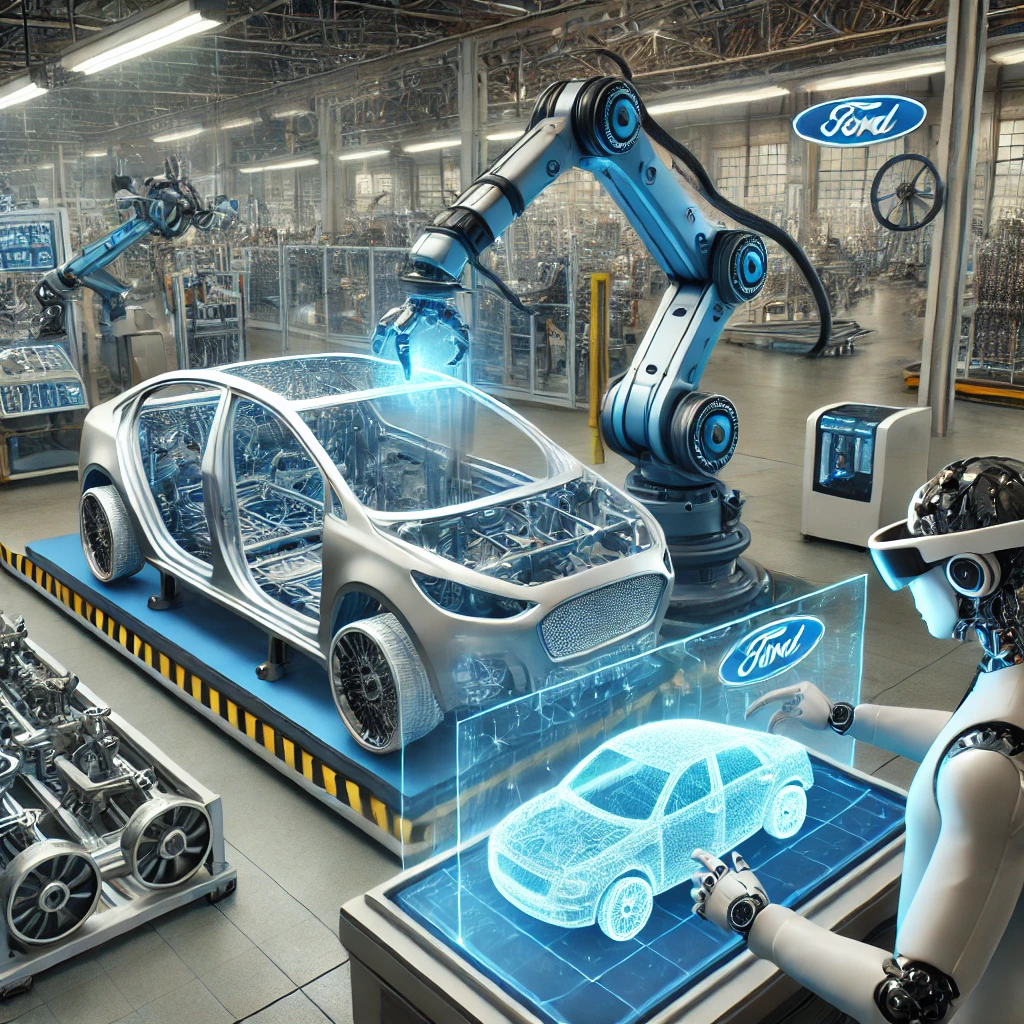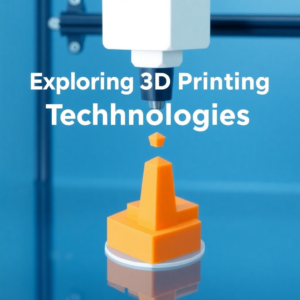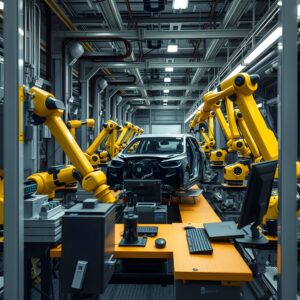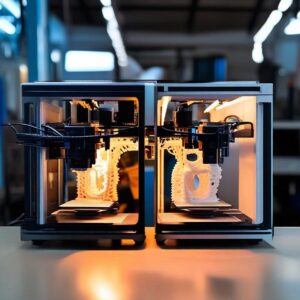Ford Leverages AI, 3D Printing Enhance Production

Ford is stepping into the future of manufacturing by integrating cutting-edge technologies like Artificial Intelligence (AI), Augmented Reality (AR), and 3D printing. These advancements are not only enhancing the efficiency of production processes but also significantly improving the quality of vehicles being manufactured. As the automotive industry pushes towards a more tech-driven era, Ford’s innovative use of these technologies sets a new standard for modern manufacturing.
AI in Ford’s Manufacturing Process
AI is transforming the way Ford approaches vehicle production, allowing the company to predict and identify potential issues before they occur. Machine learning algorithms analyze massive amounts of data from production lines, helping Ford optimize its manufacturing processes. By reducing human error and improving quality control, AI ensures that vehicles are produced with greater precision.
AR Enhancing Quality Control
Ford is also leveraging AR to improve its quality assurance systems. Technicians equipped with AR devices can superimpose digital data onto physical components, allowing them to quickly identify issues and make real-time adjustments. This technology reduces the need for lengthy quality checks and speeds up the production process without compromising on quality.
- The Role of AI in Modern Automotive Manufacturing.
- Augmented Reality in Automotive: A New Era of Efficiency.
- How 3D Printing is Changing the Auto Industry.
3D Printing Accelerating Prototyping and Production
3D printing has become a crucial tool for Ford, especially in the prototyping phase. The ability to rapidly produce parts and components with 3D printers allows Ford to test designs quickly and efficiently. Additionally, 3D printing enables the company to create complex parts that were previously too costly or difficult to manufacture, ultimately improving both vehicle performance and production speed.
The Future of Automotive Manufacturing
With AI, AR, and 3D printing at the helm, Ford is setting new benchmarks for quality in the automotive industry. These technologies are not only enhancing current production processes but also laying the groundwork for future innovations. As Ford continues to refine its use of these tools, we can expect to see even more breakthroughs in automotive manufacturing in the coming years.



